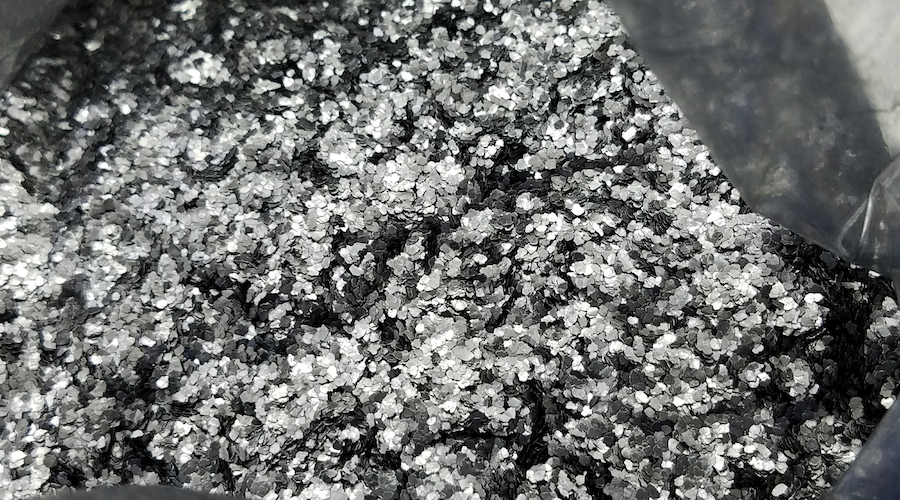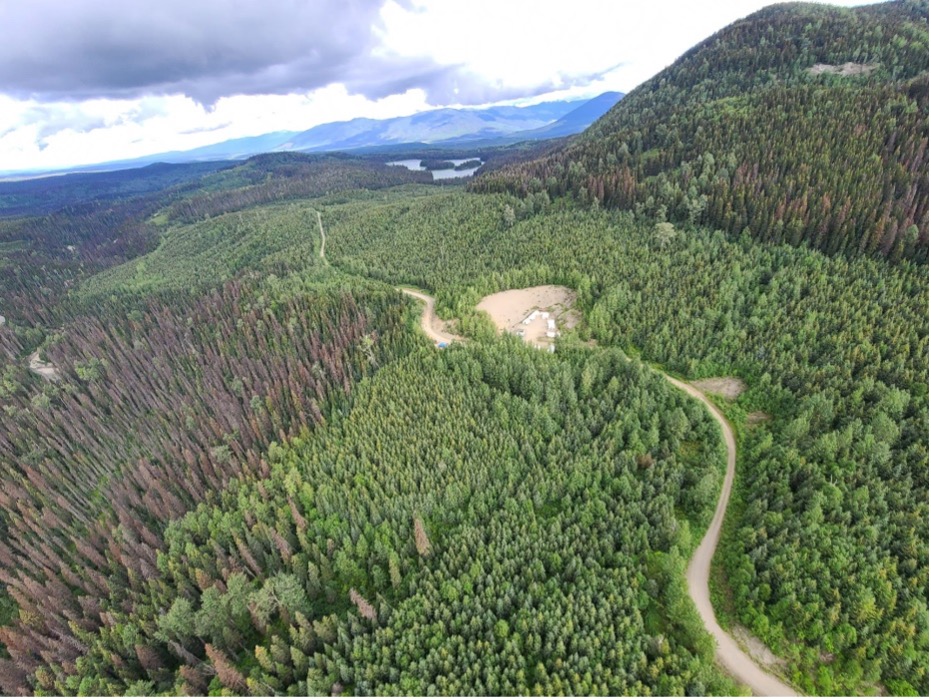Northern Graphite to target battery manufacturers with Bissett Creek product

Graphite concentrates from the Bissett Creek deposit in Ontario, Canada, can be easily purified to battery standards using either acid or alkaline-based processes, project owner Northern Graphite (TSXV: NGC) announced.
According to the company, results from purification testing carried out by Germany’s R&D lab ProGraphite exceeded expectations and were comparable to the performance of thermal purification as Fe, Zn, Cr, Al, Si levels were far below the typical limits required for battery anode material (BAM).
In a media statement, Northern Graphite said that Bissett Creek concentrates produce a high yield of BAM precursor with a relatively steep particle size distribution and high tap density.
“The latter is a function of the concentrate’s high bulk density, a requirement for high-quality BAM. Not all graphite deposits have these characteristics nor does the nature of their mineralogy/impurities enable them to be economically purified to battery standards,” the release reads.
“The latest tests, along with previous work, indicate that Bissett Creek concentrates can be readily purified with acid, alkaline, thermal or chlorination methods.”
Bissett Creek concentrates produce a high yield of BAM precursor with a relatively steep particle size distribution and high tap density
At present, almost all battery anode material is produced in China, where purification is predominantly done using hydrofluoric acid, which creates a number of environmental, workplace health and safety, and transportation issues.
Northern Graphite also pointed out that Bissett Creek has a high percentage of large flakes and already has robust economics based on higher-margin industrial markets.
“However, traditional markets would be overwhelmed if the EV sales forecasts of automobile manufacturers are realized, and all production may need to be turned into BAM regardless of flake size,” the firm’s CEO, Greg Bowes, said in the brief.
“Testing continues to show that Bissett Creek will have a big role to play in the fast-approaching transformation of the automotive industry.”
The deposit is located between the cities of Ottawa and North Bay and its measured and indicated resources have been estimated at 69.8 million tonnes of grading 1.74% graphitic carbon and 24 million tonnes of inferred resources grading 1.65%Cg. Production is expected to start in 2022.
{{ commodity.name }}
{{ post.title }}
{{ post.date }}


Comments